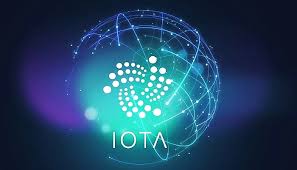Over the last ten years, we have witnessed the rise of blockchain technology which offers peer-to-peer transactions of funds without middlemen or geographical barrier.
However, this rise has also been accompanied with unexpected trends in the blockchain ecosystem. The speed of transactions and fees associated were strong points of major blockchain projects, yet the current levels of adoption has shown that the fees can be quite substantial and transactions can be very slow due to congestion of the network. The response of most blockchain projects to this is a process known as scaling.
IOTA is a blockchain-related project that tackles the scalability problem by having its own distributed ledger that’s different from the usual blockchain. IOTA is designed to empower machines and humans to participate in flourishing new permissionless economies. Learn more in our introductory article: What is IOTA?
IOTA has a number of unique features that sets it apart from other projects in the ecosystem such as high scalability, low resource requirements, secure data transfer, offline transactions, and many more.
However, there are 3 important features that gives IOTA an edge for real-world applications. They include:
- Potential for unlimited transactions per second
- The Tangle technology, making IOTA immune to quantum computing hacks
- Zero fee transactions, making IOTA an effective way of moving funds

